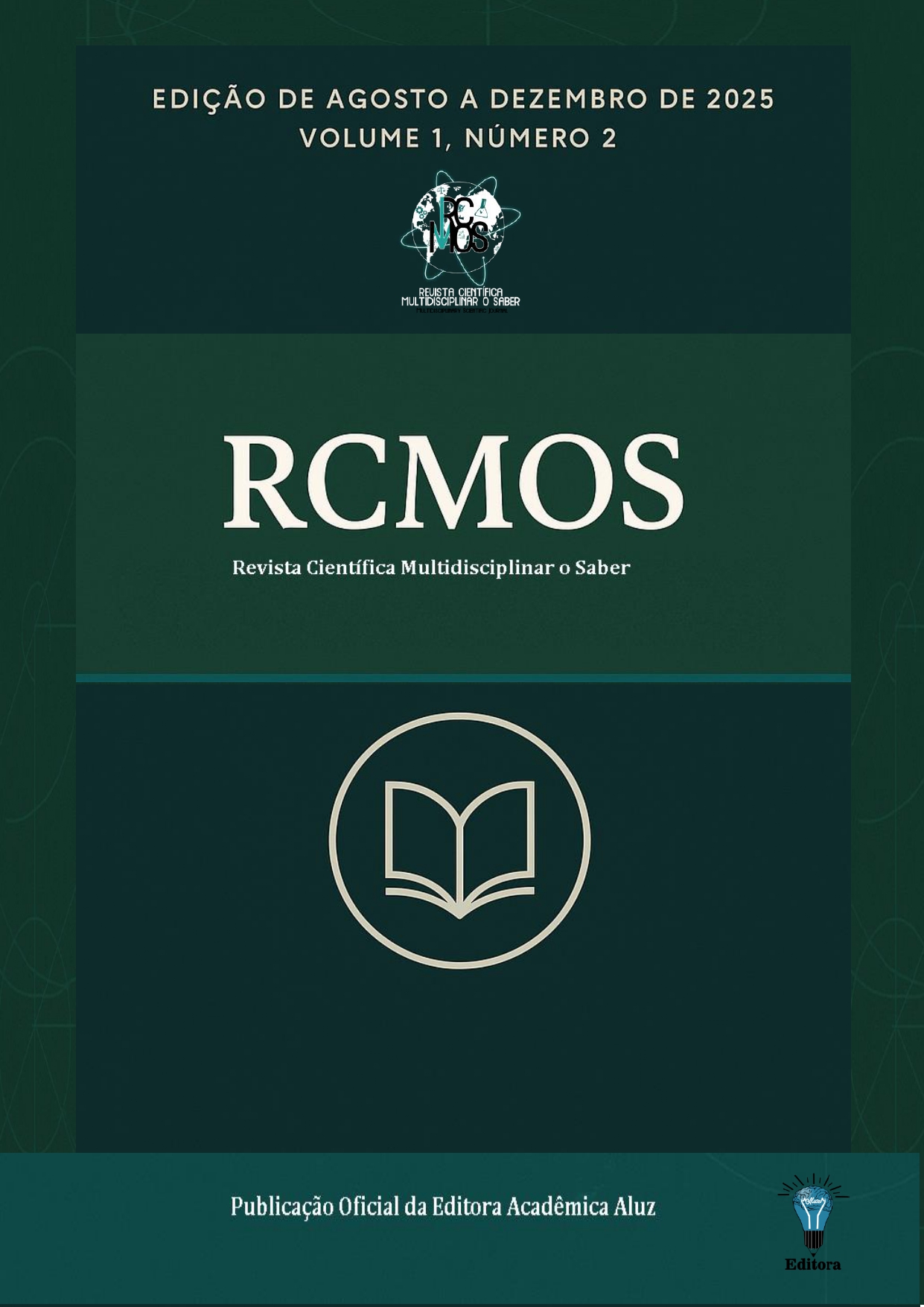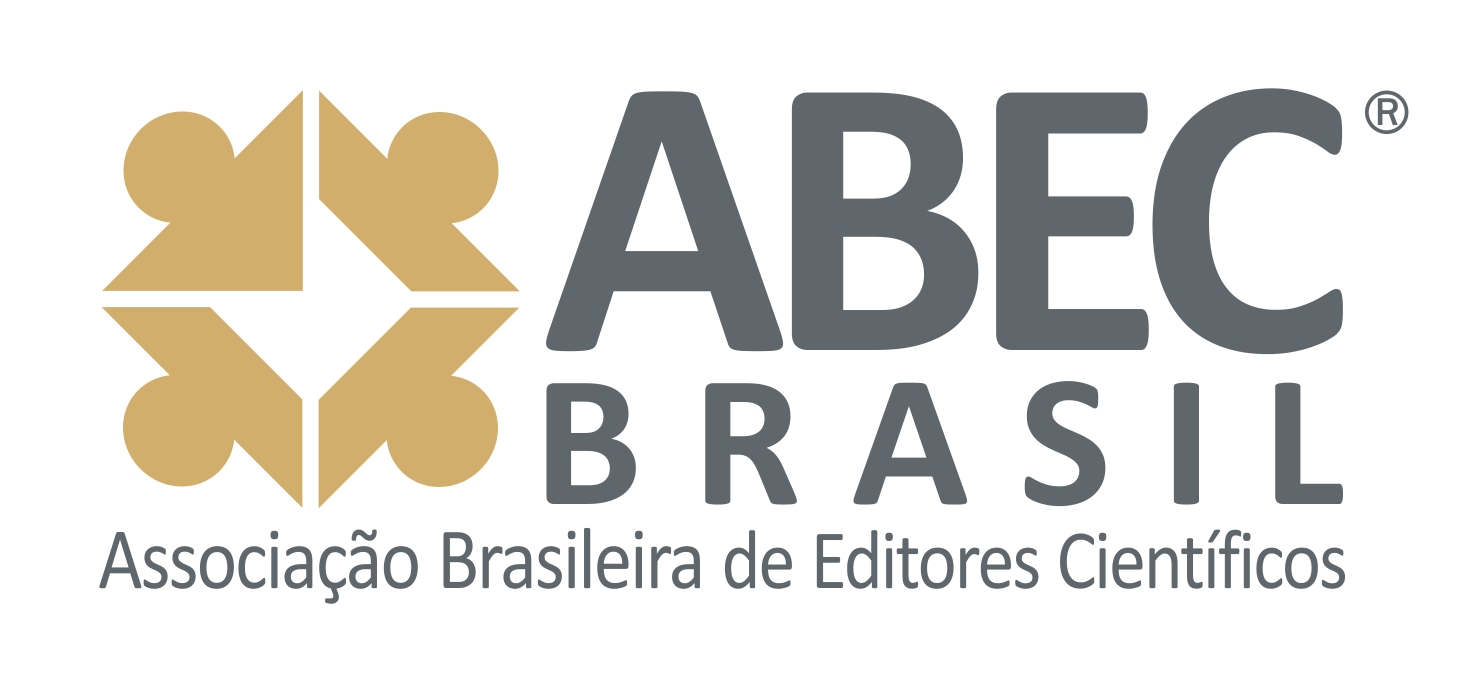Complete dentures in digital vs. Conventional workflow: efficiency, precision, aesthetics, and patient satisfaction: a literature review
Complete dentures in digital vs. Conventional workflow: efficiency, precision, aesthetics, and patient satisfaction: a literature review
DOI:
https://doi.org/10.51473/rcmos.v1i2.2025.1560Keywords:
Complete dentures. Digital. CAD/CAM. Dentistry.Abstract
An integrative literature review was conducted to compare digital complete dentures (CAD/CAM and 3D printing) with conventional methods, analyzing their efficiency, accuracy, mechanical properties, wettability, costs, and patient satisfaction. The methodology was based on an integrative review, searching the SCIELO and PUBMED databases (July-August 2025). Thirteen original articles from the last decade, in English, Portuguese, or Spanish, were selected and critically read and analyzed to compile distinct information. The results indicate that CAD/CAM milling offers high manufacturing precision, fit accuracy, and reduced surface roughness, outperforming 3D printing and conventional methods. Extraoral digital scanners have also demonstrated high accuracy. Digital methods reduce costs and the number of clinical visits. However, the flexural strength of 3D-printed resins is lower, and digital dentures may be more difficult to repair or experience aesthetic decline due to resin discoloration. The wettability of milled surfaces is superior. Patient satisfaction is generally positive, although conventional prostheses may be superior in phonetics and comfort. It is concluded that both methods are effective. Digital flow is a more modern and efficient alternative, promoting greater aesthetic and functional predictability. The choice of method should consider individual needs, costs, and available technology. Current research, however, presents contradictory results, requiring further investigation into reparability and accuracy consistency.
Downloads
References
AL-DULAIJAN, Y. A. et al. Trueness and precision of complete denture digital impression compared to conventional impression: an in vitro study. PeerJ, v. 13, p. e19075, 2025. DOI: https://doi.org/10.7717/peerj.19075
ANADIOTI, E. et al. 3D printed complete removable dental prostheses: a narrative review. BMC Oral Health, v. 20, n. 1, p. 343, 2020. DOI: https://doi.org/10.1186/s12903-020-01328-8
ARAKAWA, I. et al. Clinical outcomes and costs of conventional and digital complete dentures in a university clinic: a retrospective study. The Journal of Prosthetic Dentistry, v. 128, n. 3, p. 390–395, 2022. DOI: https://doi.org/10.1016/j.prosdent.2020.12.014
CLARK, W. A. et al. A comparison of conventionally versus digitally fabricated denture outcomes in a university dental clinic. Journal of Prosthodontics, v. 30, n. 1, p. 47–50, 2021. DOI: https://doi.org/10.1111/jopr.13273
DE LIMA DANTAS, H. L. et al. Como elaborar uma revisão integrativa: sistematização do método científico. Revista Recien - Revista Científica de Enfermagem, v. 12, n. 37, p. 334–345, 2022. DOI: https://doi.org/10.24276/rrecien2022.12.37.334-345
DE SOUZA ALMEIDA, E.; DA SILVA MACHADO, K.; DE SOUZA, G. C. Próteses odontológicas: impacto, benefícios e avanços na odontologia atual. Brazilian Journal of Health Review, v. 6, n. 6, p. 26549–26559, 2023. DOI: https://doi.org/10.34119/bjhrv6n6-001
DIB ZAKKOUR, S. et al. Comparative evaluation of the digital workflow and conventional method in manufacturing complete removal prostheses. Materials, v. 16, n. 21, p. 6955, 2023. DOI: https://doi.org/10.3390/ma16216955
EL OSTA, N. et al. Time efficiency and cost of fabricating removable complete dentures using digital, hybrid, and conventional workflows: a systematic review. The Journal of Prosthetic Dentistry, v. 133, n. 5, p. 1194–1208, 2025. DOI: https://doi.org/10.1016/j.prosdent.2024.10.008
FREITAS, M. I. A. Prótese parcial removível digital – estado da arte. Dissertação (Mestrado em Medicina Dentária) – Universidade do Porto, Porto, 2023.
HANNO, K. I.; METWALLY, N. A. The wettability of complete denture base materials constructed by conventional versus digital techniques: an in-vitro study. BMC Oral Health, v. 24, n. 1, p. 1081, 2024. DOI: https://doi.org/10.1186/s12903-024-04800-x
MENON, R. K. et al. CADCAM versus conventional denture bases: network meta-analysis of in vitro studies comparing accuracy and surface properties. International Dental Journal, 2025. DOI: https://doi.org/10.1016/j.identj.2024.12.032
MUBARAKI, M. Q. et al. Assessment of conventionally and digitally fabricated complete dentures: a comprehensive review. Materials, v. 15, n. 11, p. 3868, 2022. DOI: https://doi.org/10.3390/ma15113868
NAMANO, S. et al. Effect of support structures on the trueness and precision of 3D printing dentures: an in vitro study. Journal of Prosthodontic Research, v. 68, n. 1, p. 114–121, 2024. DOI: https://doi.org/10.2186/jpr.JPR_D_22_00266
OHARA, K. et al. Patient satisfaction with conventional dentures vs. digital dentures fabricated using 3D-printing: a randomized crossover trial. Journal of Prosthodontic Research, v. 66, n. 4, p. 623–629, 2022. DOI: https://doi.org/10.2186/jpr.JPR_D_21_00048
PRPIĆ, V. et al. Comparison of mechanical properties of 3D‐printed, CAD/CAM, and conventional denture base materials. Journal of Prosthodontics, v. 29, n. 6, p. 524–528, 2020. DOI: https://doi.org/10.1111/jopr.13175
SAWANGSRI, K. et al. Comparison of trueness, time, and number of images among different denture digitization protocols. Journal of Prosthodontics, v. 34, n. 4, p. 388–394, 2025. DOI: https://doi.org/10.1111/jopr.13967
SRINIVASAN, M. et al. CAD-CAM removable complete dentures: a systematic review and meta-analysis of trueness of fit, biocompatibility, mechanical properties, surface characteristics, color stability, time-cost analysis, clinical and patient-reported outcomes. Journal of Dentistry, v. 113, p. 103777, 2021. DOI: https://doi.org/10.1016/j.jdent.2021.103777
TEW, I. M.; SOO, S. Y.; POW, E. H. N. Digitally versus conventionally fabricated complete dentures: a systematic review on cost-efficiency analysis and patient-reported outcome measures (PROMs). The Journal of Prosthetic Dentistry, 2023.
WANG, C. et al. Accuracy of digital complete dentures: a systematic review of in vitro studies. The Journal of Prosthetic Dentistry, v. 125, n. 2, p. 249–256, 2021. DOI: https://doi.org/10.1016/j.prosdent.2020.01.004
ZAHEL, A. et al. Conventionally and digitally fabricated removable complete dentures: manufacturing accuracy, fracture resistance and repairability. Dental Materials, v. 40, n. 10, p. 1635–1642, 2024. DOI: https://doi.org/10.1016/j.dental.2024.07.022
ZAVOLSKI, A. et al. Transitional era: from analogical to digital workflow in oral rehabilitation: a case report. RGO - Revista Gaúcha de Odontologia, v. 69, p. e20210032, 2021. DOI: https://doi.org/10.1590/1981-86372021003220200045
ZUPANCIC CEPIC, L. et al. Digital versus conventional dentures: a prospective, randomized cross-over study on clinical efficiency and patient satisfaction. Journal of Clinical Medicine, v. 12, n. 2, p. 434, 2023. DOI: https://doi.org/10.3390/jcm12020434
Downloads
Published
Issue
Section
Categories
License
Copyright (c) 2025 Gisele Lopes de Sousa, Gabriele Lopes de Sousa, Marconi Raphael de Siqueira Rêgo, Marcelya Chrystian Moura Rocha, Livia Duarte Santos Lopes de Carvalho, Matheus Araújo Brito Santos Lopes (Autor)

This work is licensed under a Creative Commons Attribution 4.0 International License.












